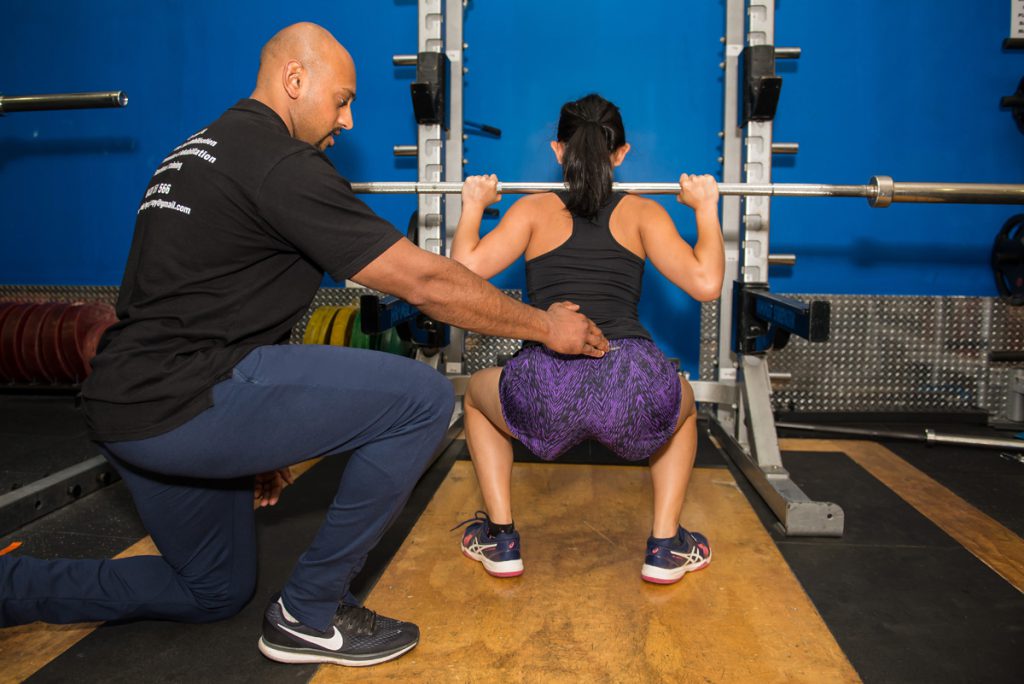
What are shin splints?
Shin splints, also known as medial tibial stress syndrome (MTSS), is a condition that causes pain along the front of the shinbone (tibia). It is caused by inflammation of the muscles and tendons that attach to the shinbone. Shin splints are a common injury among runners, but they can also occur in other athletes and people who participate in activities that involve a lot of running or jumping.

Symptoms of shin splints
The most common symptom of shin splints is pain along the front of the shinbone. The pain may be mild at first, but it can become more severe with activity. The pain may also be worse when you first start running or walking after a period of rest. Other symptoms of shin splints may include:
- Tenderness along the shinbone
- Swelling
- Warmth
- Redness
- Difficulty walking or running
Causes of shin splints
Shin splints are most commonly caused by overuse or repetitive stress. This can happen when you suddenly increase the intensity or duration of your workouts, or when you start a new running or jumping program. Shin splints can also be caused by poor running or jumping mechanics, improper footwear, or flat feet.
Treatment for shin splints
The most important treatment for shin splints is rest or activity modification and physiotherapy. You should avoid or modify any activities that cause pain in your shins. Physiotherapy can be valuable to get the relevant advice on what to avoid, what to maintain and what to modify in terms of your daily and sporting activities. Your doctor may also prescribe pain medication or anti-inflammatory medication if the pain and symptoms are severe.
Physiotherapy can help to reduce pain and inflammation, and it can also help to improve range of motion and strength. Your physiotherapist may use a variety of treatments, such as:

- Education on activities to avoid, maintain and modify
- Massage
- Dry needling
- Stretching
- Strengthening exercises
- Taping or bracing
- Advice on appropriate footwear or orthotics
Preventing shin splints
The best way to prevent shin splints is to gradually increase your physical activity and listen to your body. If you experience pain, stop or reduce the activity. You should also wear proper footwear that provides good support and shock absorption. If you have any underlying medical conditions, such as flat feet, work with your doctor and physiotherapist to manage your condition and reduce your risk of shin splints.
Here are some additional tips for preventing shin splints:

- Warm up before exercising and cool down afterwards.
- Gradually and incrementally increase total work load with the aggravating activity
- Complete specific strengthening and stretching exercises for the desired joint as recommended by your physiotherapist
- Listen to your body and rest or reduce the activity when you are feeling pain.
If you think you may have shin splints, it is important to see your physiotherapist for diagnosis and treatment. Early diagnosis and treatment can help to speed up the healing process and prevent the condition from becoming chronic.
